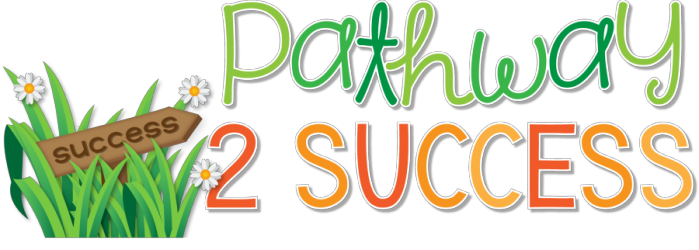Teaching is by far one of the toughest jobs anyone could know. Every day, educators greet kids with a smile and open heart, teach rigorous lessons and activities, provide social-emotional support to kids in need, and problem-solve through everyday challenges that others never even see. Teachers are so incredible that sometimes we forget they need […]
50+ Ways to Build Relationships with Kids & Teens
Why Relationships Matter The single most foundational element of social emotional learning is having strong relationships. In fact, relationships are the basis to all learning. Positive relationships help learners feel safe, respected, and connected. Further, by understanding learners at a deeper level, teachers can help students recognize strengths, work through challenges, identify goals, help through […]
Strategies to Prioritize Student Mental Health
Mental health is our psychological, emotional, and social well-being. In schools, it is more important than ever to prioritize student mental health. This means integrating meaningful strategies right in the classroom that help support kids and teens. Why Should Schools Focus on Mental Health? Mental health is health. When kids and teens feel their best, […]
How to Integrate Executive Functioning Skills into the Classroom
If we want learners to develop strong executive functioning skills, it is critical to integrate them into the daily classroom. Integrating executive functioning skills into classroom instruction just makes sense. In short, this means taking important skills like organization, planning, and self-control, and practicing them right alongside average daily tasks. At first it might seem […]
8 Mindful Brain Breaks with a Nature Theme
Everyone needs a break in their day. This is true whether students are learning in the classroom (in person) or taking part in a virtual classroom and learning from a distance. Brain breaks are a healthy strategy to help kids and teens clear their minds, refocus, and start fresh. As a bonus, mindful brain breaks […]
30+ Ways to Integrate SEL During Distance Learning
Integrating social emotional learning skills is a critical element to any classroom. These are the skills that help learners understand their strengths and challenges, recognize emotions, become socially aware, develop empathy for others, build meaningful relationships, and make positive decisions. Truthfully, the skills listed are only a fraction of what social emotional learning encompasses, but […]
12 Reasons Why Every Class Needs Morning Meeting
Morning meeting is a daily time to meet with students and help frame the day for success. Sometimes it might be called a daily check-in or morning circle. Whatever you call it, the idea is pretty simple. Educators sit with their students, greet each other by name, talk about topics that matter, and give everyone […]
18 Mindfulness Activities for Outdoors
Mindfulness is a critical self-regulation strategy for people of all ages. It can help us feel calm, focused, and in control. Learning to be mindful doesn’t have to be confined to the four walls of a building or classroom. In fact, there are numerous opportunities to practice mindful activities outside. Here are a few outdoor […]
Strategies to Focus on SEL Through Distance Learning
In the midst of a challenging situation, it’s critical to make time and space for social emotional supports for learners. Simply put, social emotional skills are the foundation for overall well-being. Kids and teens need to feel safe, respected, loved, and valued. They need to have strong coping skills to work their emotional challenges and […]
Managing Disrespectful & Rude Behaviors in the Classroom
Let’s talk about disrespectful behaviors in the classroom. The child who talks back. The student using their cell phone, even after being told to put it away. The kid who refuses to do their work, and even loudly tells you, “no!” when you try to politely give some encouragement. The student who jokes about your […]
- 1
- 2
- 3
- …
- 6
- Next Page »













